WHAT MARK CANHA MEANS FOR THE TIGERS
On Saturday, the Detroit Tigers ignited the hot stove by acquiring OF Mark Canha from the Milwaukee Brewers for minor league RHP Blake Holub. This move looks to fill a gaping hole in the Tigers’ lineup, that being a right-handed outfielder with a reliable bat. As they look to make a push for the AL Central in 2024, a player like Canha who played great for 50 games with the Brewers last season but whose $11.5M team option was just a bit too rich for Milwaukee’s notoriously cheap ownership should serve admirably in that role. In parting with Holub, the Tigers lose an electric arm from their suddenly deep farm system, but in terms of minor league pitchers, I don’t think Tigers fans are losing any sleep whether Holub becomes another dynamic Brewers reliever or not.
What the Tigers did here is something that Al Avila’s previous management group was criticized for not doing time and time again, and that’s jumping at an opportunity before anybody else can. Canha was available, and President of Baseball Operations Scott Harris didn’t even wait until GM meetings commenced to make it happen. I’ve had some quarrels with Harris over his first season at the helm, but if nothing else it’s clear that his stated organizational mission of “dominating the strike zone” is in full effect heading into year two. Canha has always been a high-walk, low-strikeout player, and while his quality of contact has been on the decline as he approaches his age-35 season, his strong eye and low whiff% should combine to keep him an above-average hitter, another one added to the Tigers’ outfield.
The outfield as it stands now is too crowded on paper, meaning that corresponding moves are to be made before spring training begins. Austin Meadows will likely be released from his contract, a move that’s likely best for both club and player. That still leaves the Tigers with Riley Greene, Kerry Carpenter, Parker Meadows, Akil Baddoo, Matt Vierling and Canha. I assume at the very least this reduces Matt Vierling to a primarily infield role, as he randomly showed himself to be a capable third baseman last season. But it could mean that Akil Baddoo, with only two minor league options remaining on his contract, has played his last game in Detroit. His offense has never climbed back to the heights it reached as a rookie in 2021, and his defense doesn’t quite make up for the lack of production at the plate. I don’t doubt that there would be a team out there willing to part with a lottery ticket prospect in exchange for a 25 year old outfielder with dynamic athleticism and a history of MLB results, though. Even if he’s part of a larger package to acquire an impact bat on the infield, I believe in this front office to find value for Baddoo if he is to be traded.
Canha’s hard hit rate has remained steady the past three seasons, and while his power numbers aren’t anything eye popping, his 108 OPS+ would’ve (sadly) made him the best qualified hitter on the Tigers last season. He’s able to hit the ball to all fields, and his high contact rates will help him move runners in a way the Tigers struggled mightily with last season. While they made strides in getting on base and hitting for power, their young lineup was not particularly adept at playing situational baseball. The next step for this offense involves not only power numbers improving, but also becoming better at advancing runners and cashing in RISP with less than two outs. Canha’s veteran presence and universal belovedness will hopefully add value in the clubhouse as well.
While some fans may be disappointed as the Canha deal makes a reunion with Detroit favorite JD Martinez unlikely, the flexibility it gives AJ Hinch in how he chooses to deploy his lineups will be intriguing for 2024. Canha can play either corner outfield spot or first base, possibly allowing for Kerry Carpenter, Spencer Torkelson and Riley Greene to all get some valuable DH time as Greene rehabs from his season-ending elbow injury. Positional versatility is clearly something Harris values as shown by not only last year’s acquisitions of Andy Ibanez and Zach McKinstry, but also the way players were used during his tenure as GM with the San Francisco Giants. Last year Hinch loved to shake up his lineups daily in order to find something that worked, and while not much did, in theory that should become a more viable strategy as better players are shuffled onto the roster. With one need checked off the list before free agency even begins, I’m suddenly a lot more excited for an offseason that I suspected could be relatively boring.

